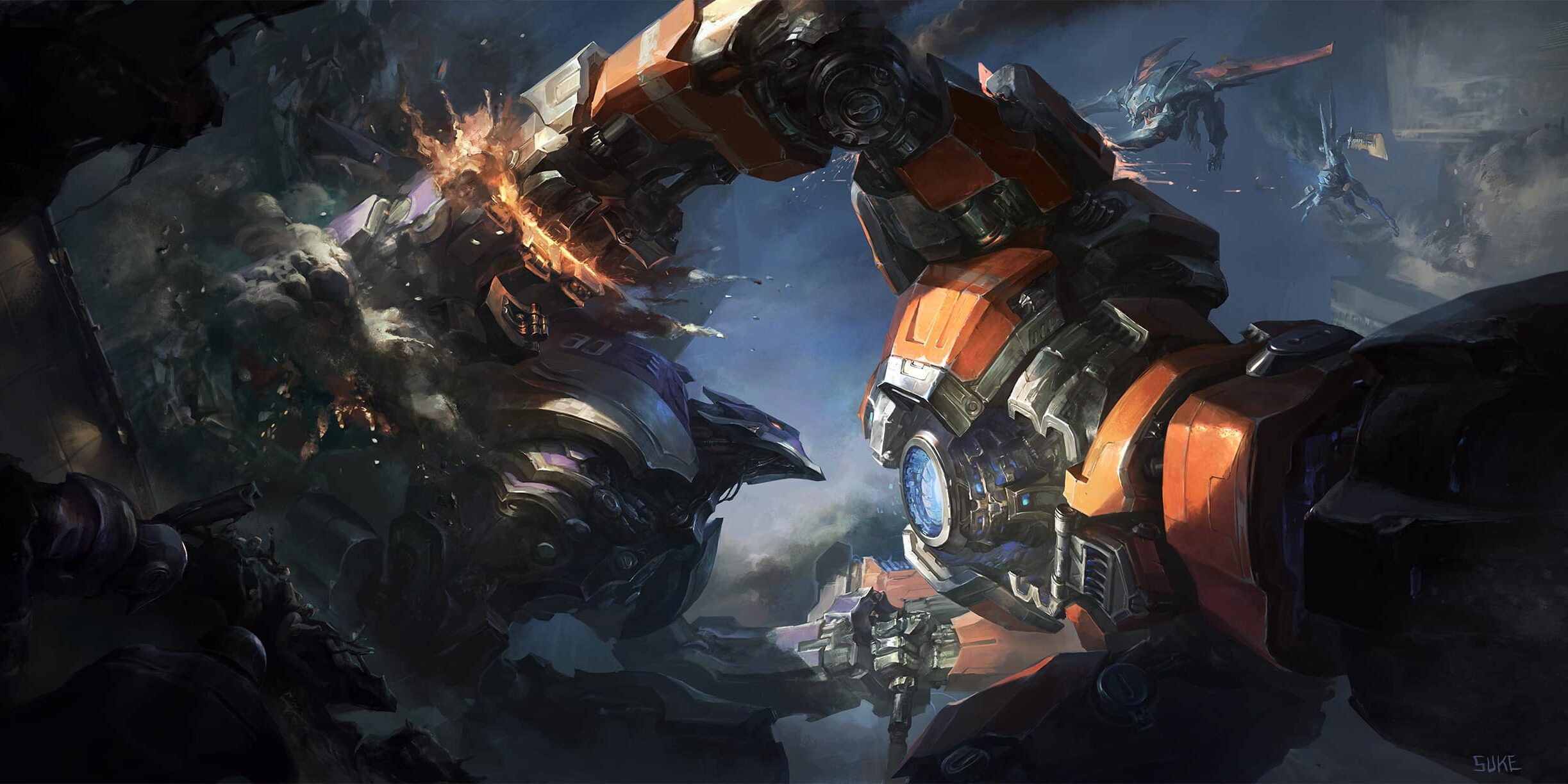Counter picking for many players is pulling up the old OP.GG or mobalytics in champ select to find a counter to their lane opponent. But by simply looking at counters by win rates, crucial information about why a character is a counter pick is lost. Here we will go through the different types of counterpicks that may help you understand why certain characters are counters to others. And it may also help you question if something actually is a counter pick or not.
Counterpicking is all the more relevant interesting in a competitive environment — check out our zleague app for tournaments or players to compete with.
Table of Contents
Lane Priority: Controlling Lane
First you have picks that will always have priority in lane and push in and harass — this doesn’t necessarily mean you will kill the opponent or massively win in cs, as in Azir vs Akali. In fact, it is probably more likely that Akali has the highest kill pressure after level 6.
This is why control mages are so popular, as they have lane priority against most champions outside of their own control mage counter. It is hard to help your Jungler or sidelane when you are pushed into your turret. This is obviously not a hard counter – it all comes down to how well you and your team use this priority. But it is still an intrinsic advantage you get from a certain matchup.
Scaling: Safe Lanes and Low Map Impact Champions
A counter pick for a scaling champion is essentially a free lane. An example is Kassadin vs Azir. Kassadin’s problem early is having no priority and no fighting power before lvl 6. But no one has priority against Azir anyways, so it is relatively fine to pick Kassadin and have a safe lane for you to scale. The fact that Azir is one of the worst early skirmish champs means that he most likely won’t use his lane priority for more than trying to harass you under turret, which you can tank with the help of runes and items. So, while this does not seem like a typical counter, it is a counter in the sense that it smoothes over your champion’s weaknesses and enables its strengths. You just have to hope that the rest of your team can cope with you being constantly under turret.
Kill Pressure: The Threat of Violence
What most people see as a counterpick is what can kill the opponent in lane. This is why people love picking Zed in mid, as he has kill pressure on most mid lane champions after lvl 6 with ignite. With kill pressure you can take control of a lane and either snowball or roam. These counterpicks still usually rely on matchup knowledge and knowing when to be aggressive and what runes to pick.
2v2 Counter Picks
Certain matchups may not win 1v1, but destroy 2v2. This could be Leblanc + Lee Sin vs Azir + any jungler. This is harder to utilize as it requires teamplay, but if the Jungler recognizes the advantage, this can be heavily utilized to bully the mid laner and take control around mid lane. Even without killing champions you can use the fact that you are stronger to gain other advantages.
Roaming: Impacting the Map
These picks are linked with lane priority — as you need to have some lane control to be able to roam effectively. But one way to counter champions that want to stay in lane and scale are champions that can influence the map. Azir having 20 cs up doesn’t matter too much if his bot lane is on fire from a Gallio tower diving them.
At the opposite end, there are also counterpicks where you match the roam, like Sylas vs Twisted Fate, where Sylas can steal Twisted Fate’s ultimate, this kinda nullifies Twisted Fate’s big advantage. Ruining his first ultimate hurts Twisted Fate’s game a lot, which is why many picked Sylas into Twisted Fate.
Counter picks essentially come down to either nullifying a strength, attacking a weakness or being a winning lane. But it can even be about smoothing over one of your weaknesses to get to the strengths. Counter picking is obviously very multifaceted and complex and is further complicated by the fact that choice of runes and summoners can switch a losing matchup to a winning one. But it is worth thinking why something counters x — if you don’t know this — how would you be able to effectively play for this advantage?
Key Takeaways on Counter Picking in League
- There are different types of counter picks
- You can pick to scale, kill, roam or for priority
- You should learn what your counter pick does
- Play accordingly to the relative strength of your counter pick



